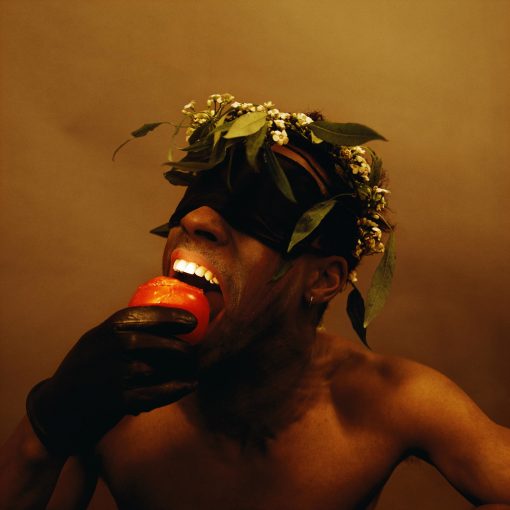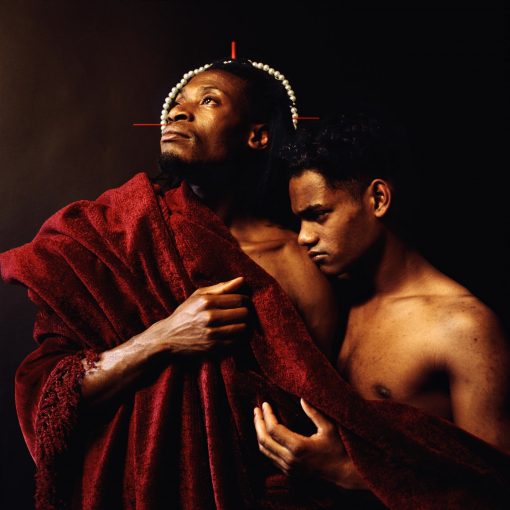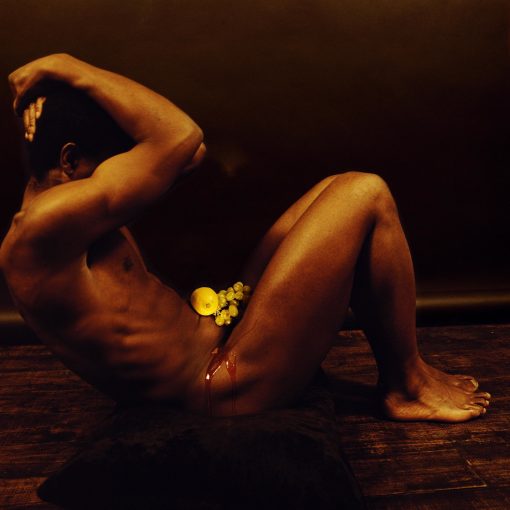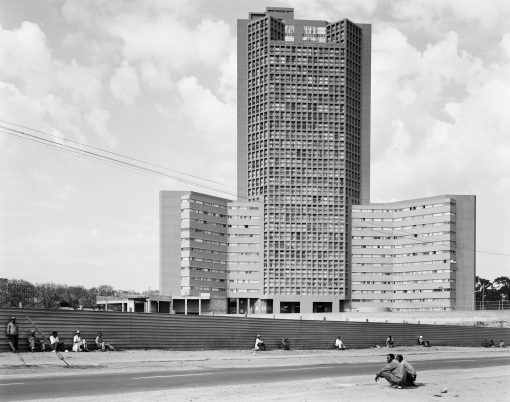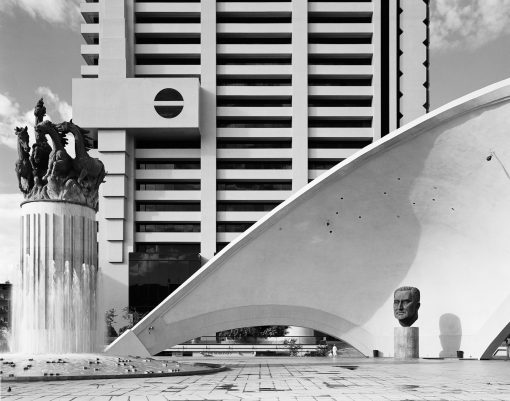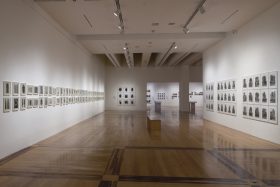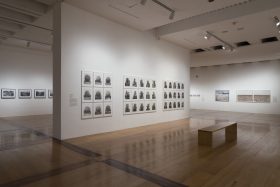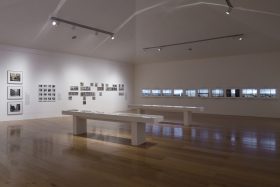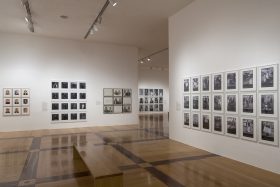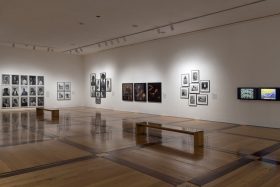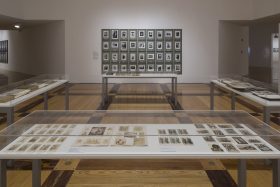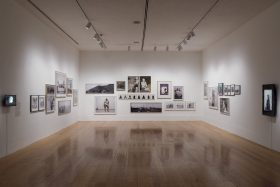Structures of Identity
Museo MARCO, Monterrey
2/22/2018 — 6/3/2018
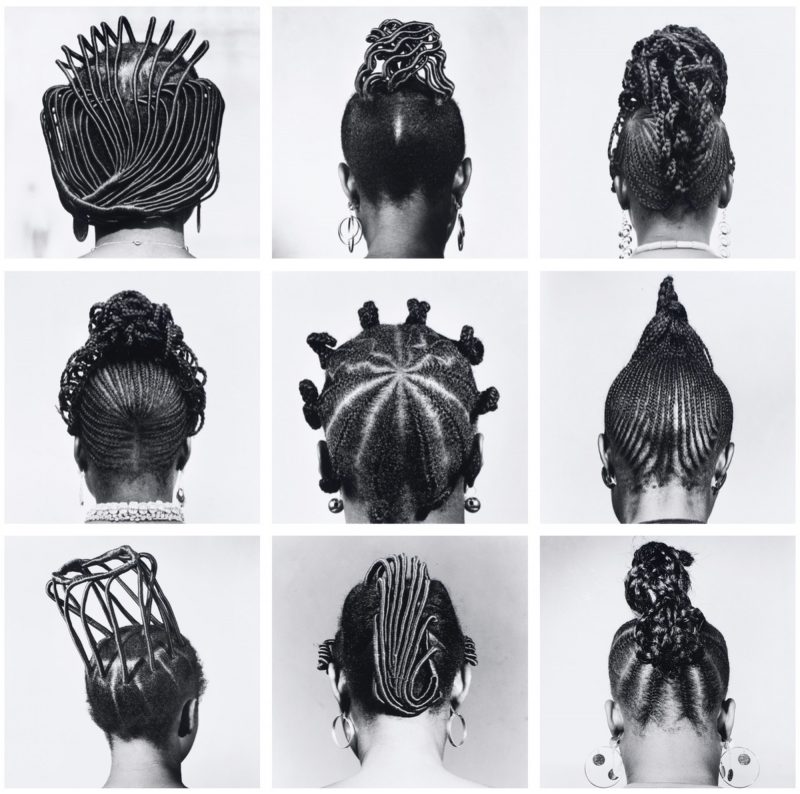
Museo MARCO, Monterrey
2/22/2018 — 6/3/2018
Structures of Identity examines how photographers, across a range of cultures and historical periods, have used their images to affirm or challenge social stereotypes, particularly those constructed around notions of race, gender, class, and nationality. Emphasizing the work of artists—and sitters—who use the medium to subvert visual expectations, and challenge markers of identification, the exhibition questions notions of a stable, authentic self. In particular, it focuses on how photographers have used serial imagery—related sequences of photographs, rather than individual images—to explore the political and cultural factors that shape individual and collective subjectivities.
Structures of Identity is a traveling exhibition representing an expansive cross-section of The Walther Collection. It originated in 2017 for a presentation at AIPAD and is tailored to each additional venue, maintaining the same curatorial framework.
The exhibition includes series and sequences made by artists from Europe, the United States, Asia, and several countries in Africa, as well as earlier documentary and vernacular photography. In many cases, these investigations have focused on portraiture, with particularly evocative self-representations used to question the social construction of identity. Other photographers have examined landscapes, the built environment and public space, exposing the social and physical underpinnings that inform both collective and individual identities. All of these efforts reflect the ways in which visual forms and archival structures construct and reinforce social attitudes.
Highlighting the different ways that social identities are regarded within the broader history of the photographic medium, Structures of Identity illustrates the continued efforts of The Walther Collection to discuss and consider the history of photography beyond conventional cultural, geographic, and temporal boundaries.
The Museo de Arte Contemporáneo de Monterrey (MARCO) is a major contemporary art museum located in the city of Monterrey. In addition to hosting temporary traveling exhibitions, since 1994 MARCO has made an effort to amass a permanent collection, which to date includes over a hundred paintings, sculptures, installations, and graphic artworks by well-known artists, primarily from Mexico and Latin America, but also from Europe, the United States, and Canada. With the vision and motivation of sharing this important collection with its audiences, MARCO organizes exhibitions drawn from its holdings and presents them in the museum's spaces.
Museo MARCO
Calle Juan Zuazua s/n, Centro
64000 Monterrey, N.L.
Mexico
+52 (81) 8262 4500
www.marco.org.mx
